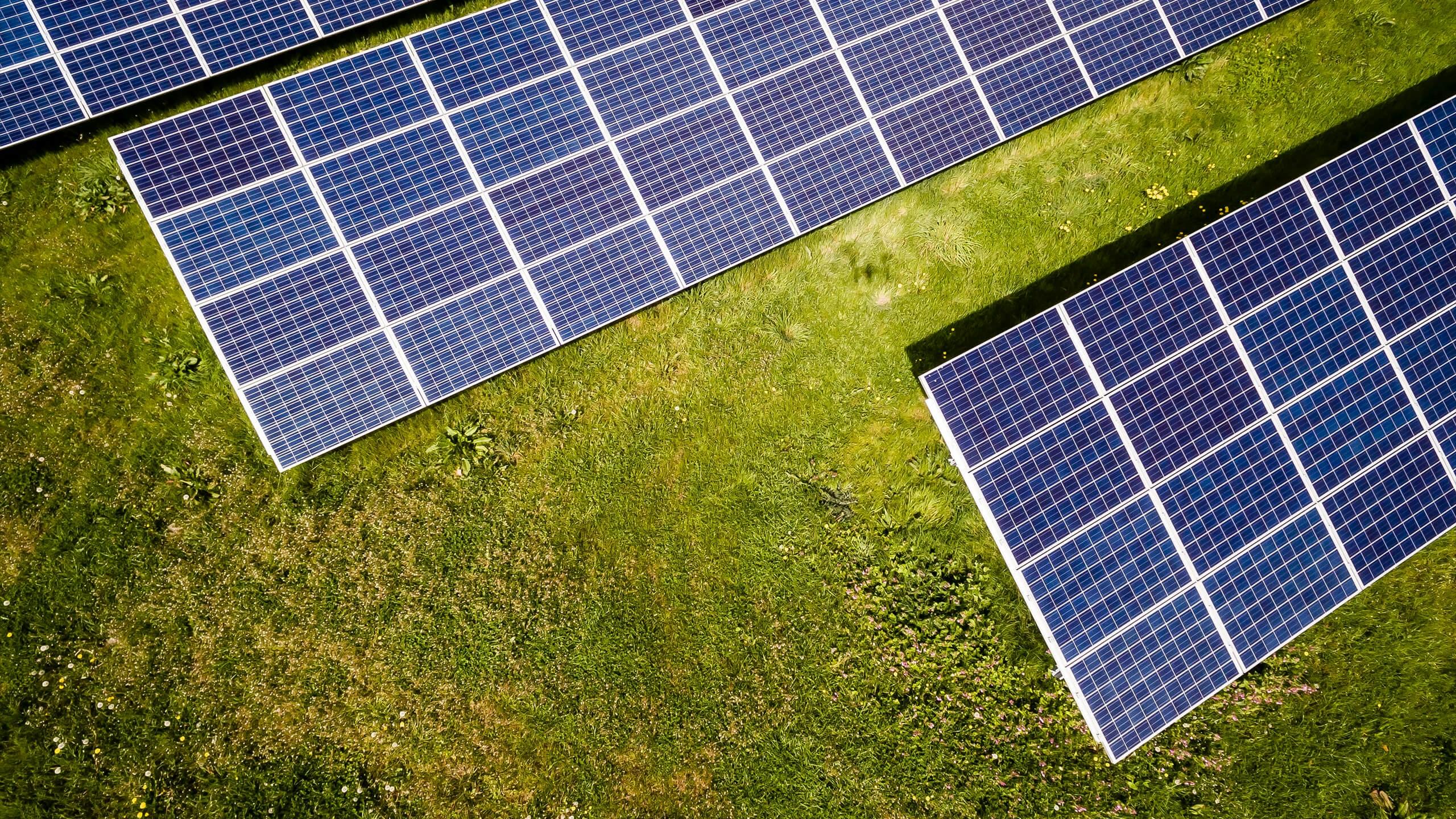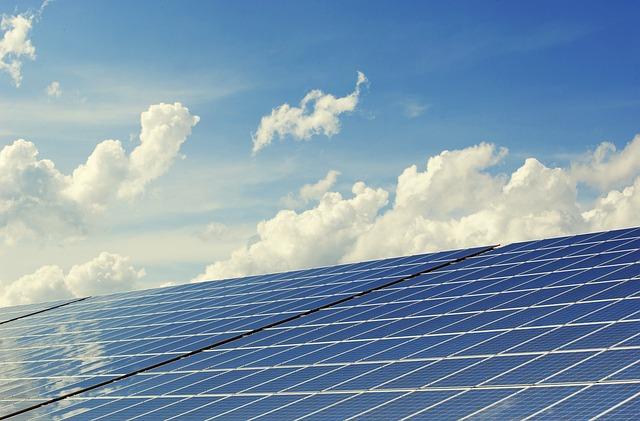In a world increasingly illuminated by the promise of sustainable energy, solar power stands as a beacon of hope and innovation. Yet, as sunlight spills generously across the globe, the cost of harnessing its energy tells a story as varied as the landscapes it touches. From the sun-drenched deserts of the American Southwest to the temperate plains of Europe, the financial blueprint for tapping into this celestial resource shifts dramatically, influenced by a tapestry of regional factors. This article embarks on a journey across these diverse terrains, exploring the myriad influences that shape the cost of solar power in different regions. Whether it’s local government policies, the availability of natural resources, or the nuances of supply and demand, each region paints its own unique picture of solar economics. Join us as we delve into the factors that illuminate the cost disparities in solar energy, offering a panoramic view of the global quest for affordable, renewable power.
Regional Influences on Solar Pricing Dynamics
Solar pricing is a complex tapestry woven with threads of regional factors, each influencing the final cost of solar installations in unique ways. Geographical location plays a pivotal role; regions with abundant sunlight often see reduced costs due to higher energy yields and economies of scale. In contrast, areas with less sunshine may experience higher prices as systems require more advanced technology to optimize energy capture.
- Local Policies and Incentives: Some regions offer generous incentives, such as tax credits or rebates, which can significantly lower installation costs.
- Supply Chain Logistics: Proximity to manufacturing hubs or ports can reduce transportation costs, impacting the overall pricing.
- Labor Costs: Areas with higher living costs often have elevated labor expenses, affecting installation prices.
- Utility Rates: High local electricity prices can make solar an attractive alternative, influencing demand and pricing strategies.
In understanding these dynamics, one can appreciate the intricate balance of natural and man-made factors that shape solar pricing across different regions, highlighting the importance of tailored approaches to solar energy adoption.
Analyzing Economic and Environmental Factors Affecting Solar Costs
When delving into the complexities of solar costs, a myriad of economic and environmental factors emerge as influential forces. Economically, the availability of subsidies and incentives plays a pivotal role. In regions where governments offer robust financial support, such as tax credits or rebates, the initial investment for solar installation becomes significantly more accessible. Additionally, the cost of labor and local manufacturing capabilities can either inflate or deflate overall expenses, with regions boasting a skilled workforce and established manufacturing infrastructure generally witnessing lower costs.
On the environmental front, geographic location dramatically affects solar viability and, consequently, cost efficiency. Areas with high solar insolation—such as the southwestern United States—naturally offer better energy yields, thus improving the cost-effectiveness of solar projects. Conversely, regions prone to adverse weather conditions may see increased costs due to the necessity for more durable, weather-resistant technology. Moreover, local environmental regulations can either streamline the deployment process or introduce additional hurdles, impacting the overall financial landscape of solar investments.
- Subsidies and Incentives: Tax credits, rebates, grants
- Labor and Manufacturing: Skilled workforce, local production facilities
- Geographic Location: Solar insolation, weather conditions
- Environmental Regulations: Permits, compliance requirements

Strategies for Navigating Regional Solar Incentives and Rebates
Understanding and leveraging the diverse array of solar incentives and rebates across regions can significantly reduce the upfront costs of installing solar panels. Each state or locality often has its own set of programs designed to encourage solar adoption, which can include tax credits, rebates, and other financial incentives. To effectively navigate these options, homeowners and businesses should consider the following strategies:
- Research Local Programs: Start by exploring the specific incentives offered in your area. Websites like the Database of State Incentives for Renewables & Efficiency (DSIRE) provide comprehensive information on state and local programs.
- Consult with Local Installers: Many solar installation companies are well-versed in regional incentives and can offer tailored advice to maximize your savings.
- Understand Eligibility Criteria: Be sure to check the eligibility requirements for each incentive program. Some may be limited to certain types of installations or have specific deadlines.
- Stay Updated: Incentives and rebates can change frequently. Keeping abreast of the latest developments can help ensure you don’t miss out on potential savings.
By strategically navigating these regional programs, you can optimize your investment in solar energy, making it a more financially viable and environmentally friendly option.

Optimizing Solar Investments through Regional Cost Comparisons
Investing in solar energy can be a game-changer for both the environment and your wallet, but understanding how costs vary by region is crucial for maximizing returns. Regional cost disparities in solar investments are influenced by a variety of factors including local government incentives, climate conditions, and labor costs. For instance, areas with abundant sunlight like California may offer significant savings on energy bills but might also have higher initial installation costs due to increased demand. Conversely, states with fewer sunny days might offer more aggressive incentives to encourage solar adoption.
To make the most informed decision, it’s essential to consider several regional elements:
- Incentives and Rebates: Different states offer varying levels of government rebates and tax credits.
- Sunlight Availability: The amount of sunlight impacts the efficiency and return on investment.
- Local Installation Costs: Labor and material costs can fluctuate significantly between regions.
- Utility Rates: Higher electricity rates can enhance the cost-effectiveness of going solar.
By carefully evaluating these factors, investors can strategically position themselves to capitalize on the most favorable conditions for solar energy investment in their specific locale.
Key Takeaways
As the sun sets on our exploration of solar costs across regions, it becomes clear that the financial landscape of harnessing this radiant resource is as diverse as the landscapes it illuminates. From the sun-drenched rooftops of California to the rolling hills of Germany, each region tells its own story of innovation, policy, and potential. While the path to solar adoption may vary, the universal quest for a sustainable future unites us all. As technology advances and markets evolve, the promise of solar power continues to shine brighter, urging us to look beyond the horizon and imagine a world where clean energy is not just a possibility, but a global reality. Let us continue to explore, adapt, and invest in this luminous journey, ensuring that every corner of the earth can bask in the benefits of the sun.

































